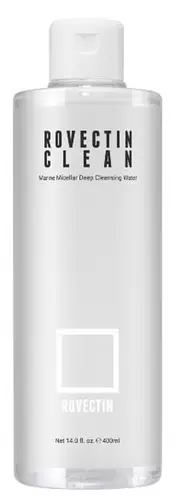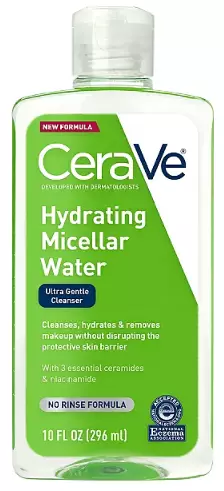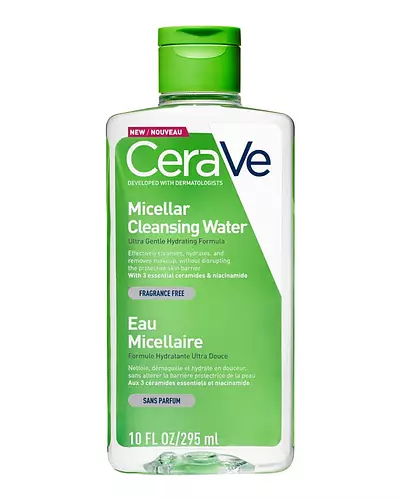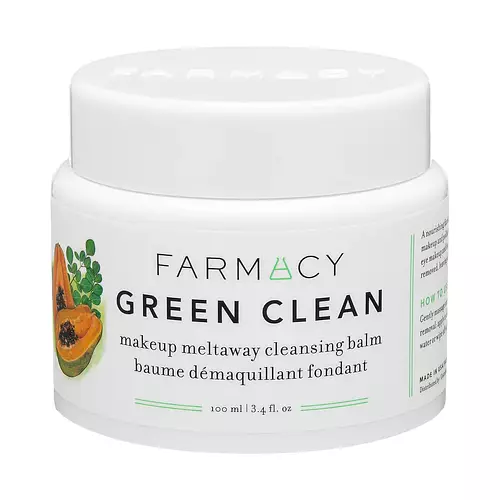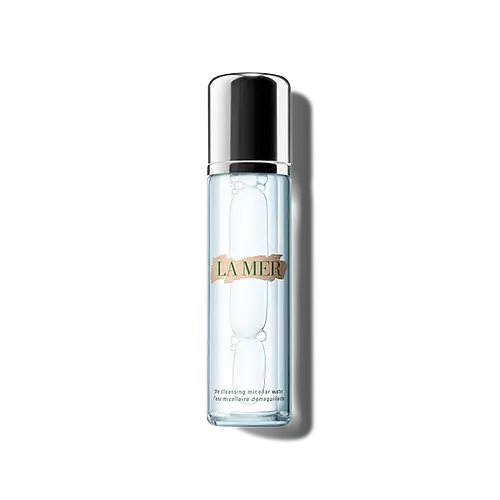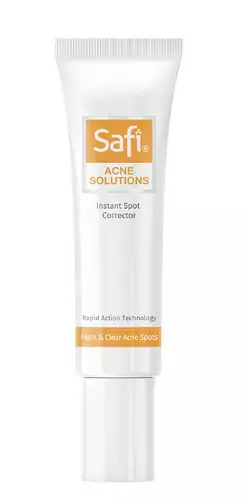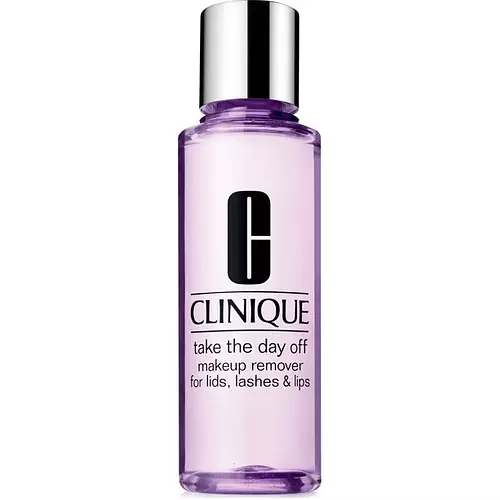Updated on July 19, 2023
Overview
What they are
These products are both fungal acne (malassezia) safe and reef safe . They have a total of 3 ingredients in common
Cool Features
They both contain hyaluronic acid
Suited For
They're both likely to be good for anti aging, dry skin and brightening skin
Free From
They both do not contain any harsh alcohols, common allergens, fragrances, oils, parabens, silicones or sulfates
We independently verify ingredients, and our claims are backed by peer-reviewed research. Spot a product that needs an update? Let us know.
Ingredient Info
Rovectin Clean Marine Micellar Deep Cleansing Water 30 ingredients
CeraVe Hydrating Micellar Water 20 ingredients
At a glance
Click on any of the items below to learn more
Rovectin Clean Marine Micellar Deep Cleansing Water 30 ingredients
CeraVe Hydrating Micellar Water 20 ingredients
Notable Ingredients
This product contains 1 ingredient that may have this attribute:
This product contains 5 ingredients that may have this attribute:
Benefits
This product contains 1 ingredient that may have this attribute:
This product contains 1 ingredient that may have this attribute:
This product contains 1 ingredient that may have this attribute:
This product contains 1 ingredient that may have this attribute:
This product contains 1 ingredient that may have this attribute:
Concerns
This product contains 2 ingredients that may have this attribute:
This product contains 1 ingredient that may have this attribute:
This product contains 2 ingredients that may have this attribute:
This product contains 2 ingredients that may have this attribute:
This product contains 1 ingredient that may have this attribute:
Notable Ingredients
This product contains 1 ingredient that may have this attribute:
This product contains 3 ingredients that may have this attribute:
This product contains 1 ingredient that may have this attribute:
Benefits
This product contains 5 ingredients that may have this attribute:
This product contains 1 ingredient that may have this attribute:
This product contains 5 ingredients that may have this attribute:
This product contains 3 ingredients that may have this attribute:
This product contains 1 ingredient that may have this attribute:
This product contains 3 ingredients that may have this attribute:
This product contains 1 ingredient that may have this attribute:
This product contains 1 ingredient that may have this attribute:
This product contains 2 ingredients that may have this attribute:
Ingredients Side-by-side
Ingredients Explained
These ingredients are found in both products.
Ingredients higher up in an ingredient list are typically present in a larger amount.
Water. It's the most common cosmetic ingredient of all. You'll usually see it at the top of ingredient lists, meaning that it makes up the largest part of the product.
So why is it so popular? Water most often acts as a solvent - this means that it helps dissolve other ingredients into the formulation.
You'll also recognize water as that liquid we all need to stay alive. If you see this, drink a glass of water. Stay hydrated!
Learn more about WaterSodium Hyaluronate is hyaluronic acid's salt form. It is commonly derived from the sodium salt of hyaluronic acid.
Like hyaluronic acid, it is great at holding water and acts as a humectant. This makes it a great skin hydrating ingredient.
Sodium Hyaluronate is naturally occurring in our bodies and is mostly found in eye fluid and joints.
These are some other common types of Hyaluronic Acid:
Learn more about Sodium HyaluronatePropanediol helps absorb ingredients into your skin, boosting their benefits. It can act as an emollient, making your skin softer. Propanediol can help products last longer by boosting the properties of preservatives within the formulation.
Propanediol is not likely to cause sensitivity and considered safe to use.
It is derived from corn or petroleum with a clear color and no scent.
Learn more about PropanediolIngredient Ratings
Here's what our community thinks of the ingredients in these two products.
When to use
Rovectin Clean Marine Micellar Deep Cleansing Water 30 ingredients
CeraVe Hydrating Micellar Water 20 ingredients

Reviews
Here's what our community thinks
Rovectin Clean Marine Micellar Deep Cleansing Water 30 ingredients
CeraVe Hydrating Micellar Water 20 ingredients
starstellastar_407
It gets rid off makeup effectively and does trigger FA or clog my pores. It's not main Cleanser, but it's my favorite to remove makeup.
ljhayes
I put this in a small spritzer bottle and spray my face, neck and décolleté nightly and then gently wipe with a soft cotton pad as my first...
I put this in a small spritzer bottle and spray my face, neck and décolleté nightly and then gently wipe with a soft cotton pad as my first cleanser. It removes sweat, dirt, makeup. I follow with a second gentle cleanser and it leaves my skin perfectly prepped for my skin care routine.
In the morning I will sometimes follow the same spray and wipe routine, but followed only by a rinse of water afterwards before applying my skin care.
I highly recommend this.
